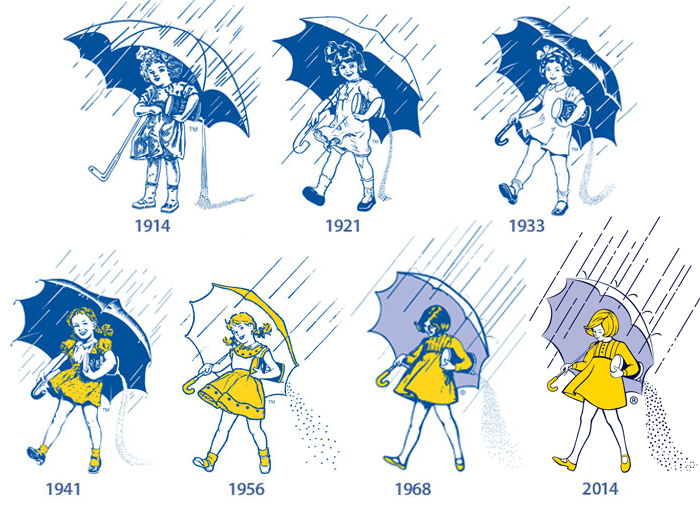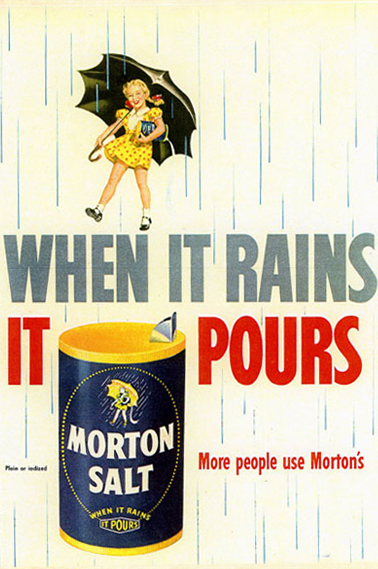If you have already penciled Legos or other plastic building kits into your kids’ Christmas list this year, I dare you to reconsider as you ponder this peculiar play set instead:
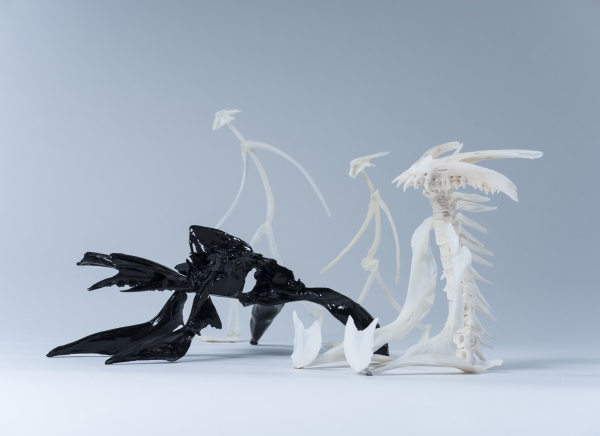
Photo courtesy of artist Roshildur Jonsdottir via Hugdetta.com
“What on earth are they?” you gasp.

Image courtesy of Weird Tales (September 1941, vol. 36, no. 1) via Wikimedia Commons
But it might be more appropriate to ask, “What in the sea … ?”
Something’s fishy around here!
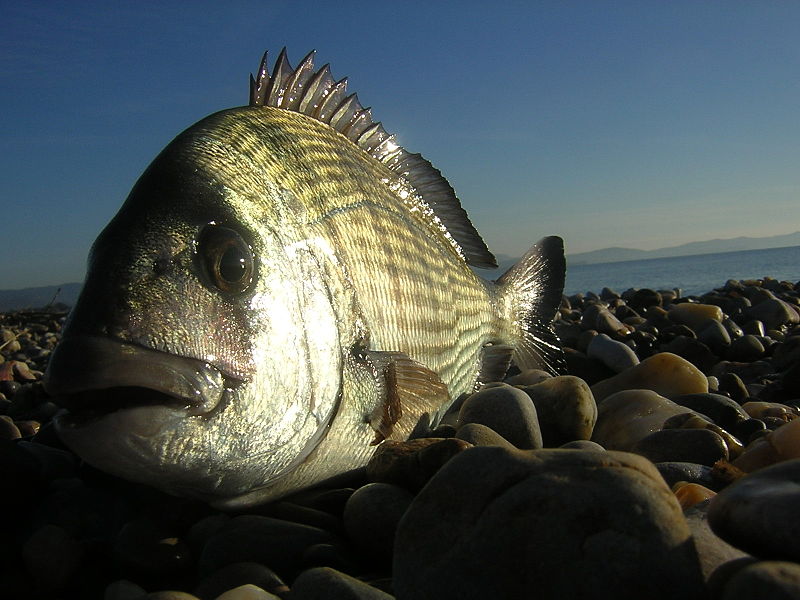
Photo by CPSH via Wikimedia Commons
Indeed.
The curiously creepy-looking toys (yes, they are toys!) in the photo above are components of Something Fishy, a genuine fish-bone modeling kit created by Icelandic artist Roshildur Jonsdottir.
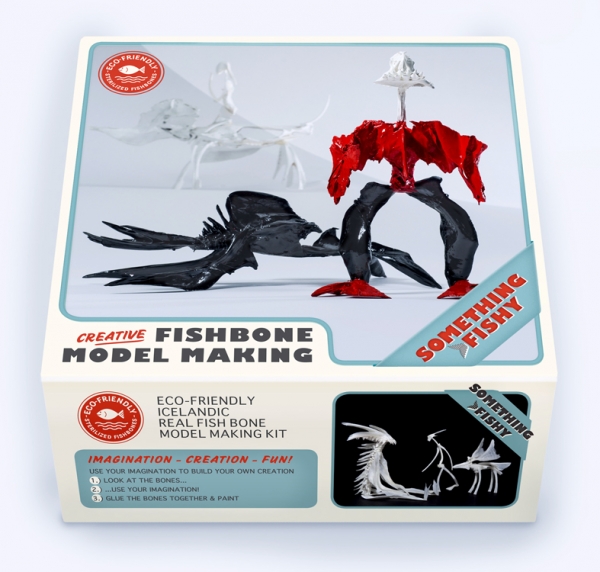
Photo courtesy of artist Roshildur Jonsdottir via Hugdetta.com
Each kit consists of over 50 completely clean, sterile, and scentless bones from haddock and cod, plus the jagged jawbone of a wolf fish. Creative kids can assemble the surprisingly strong and flexible bones to fashion frightful and fun monsters, spaceships, angels, aliens, and more. Younger kids can enlist the help of a grownup to glue the bones together before painting their creations (glue and paint are included in each kit).
“I call [the kit] the ‘Icelandic Lego,'” says Jonsdottir. “I created this product when I was researching the use of Icelandic animal products in design through the ages. My ancestors used to use every part of the animal for food, clothing, household items, farming tools, toys, and even building material. Each of these products took a lot of imagination, time, and nurturing and was thus used to the fullest and even passed from generation to generation.”
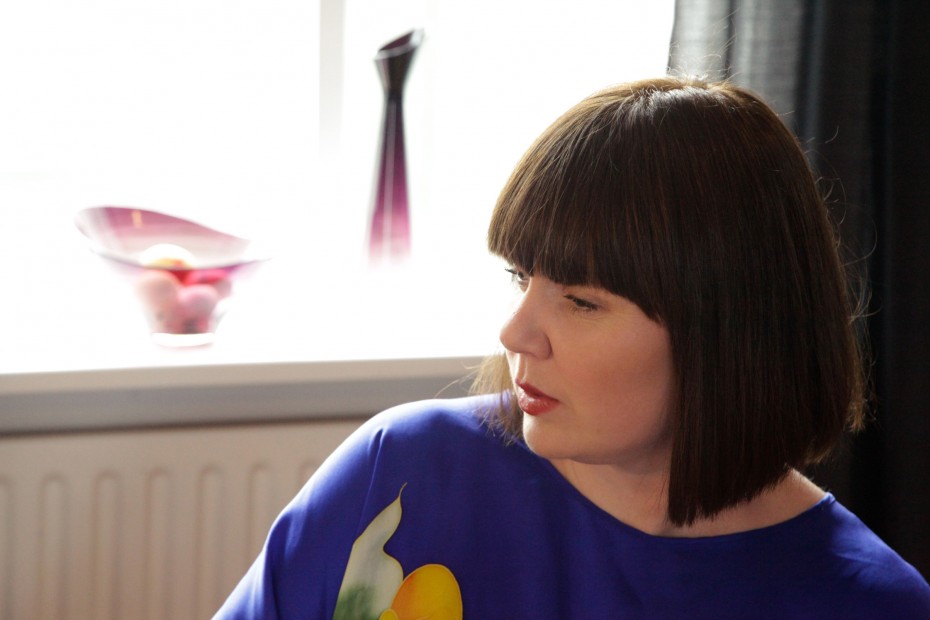
Photo courtesy of artist Roshildur Jonsdottir via FreundeVonFreunden.com
She goes on to say, “Today, we throw away tons of bones, hides, horns, and other side products of fish and meat. Now, most of our everyday imported objects have very little sentimental value to us and, in general, we have far too many of these items. This is very true of toys, most of which are plastic imitations of everyday items which leave very little to the child’s imagination or creativity. This means that they don’t appreciate each toy for very long, and we buy even more. As soon as we create our own things, which takes time and nurturing, we immediately feel differently about them. We don’t throw them in a box with all the other goods, we display them and feel proud of them. I hope I have created something which will help us to remember that we can create our own products from local materials and that we might be happier with fewer but better objects in our lives.”
Jonsdottir says that her own son is quite proud of his fish bone models—his “most cherished toy” is a space shuttle that he made himself, and the family even uses some of his sculptures as ornaments.
You can order a Something Fishy kit online from Iceland’s web-based Reykjavik Corner Store for about $65 (including international shipping).
Of course, if you’re an intrepid fisherwoman, you might just decide to make your own from the bones of your locally harvested quarry. In that case, do show and tell!
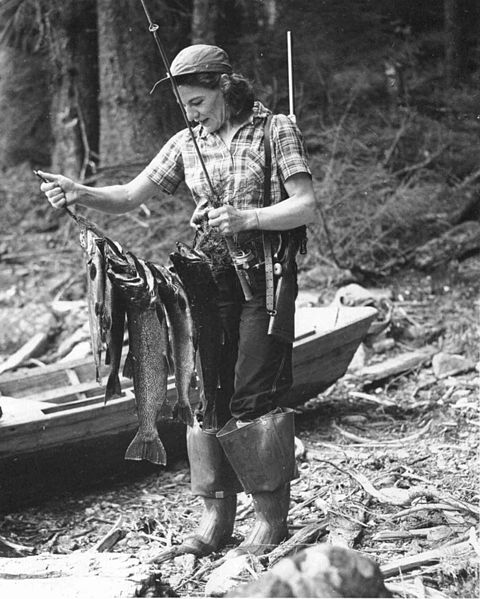
Photo by Robert Baade, U.S. Fish and Wildlife Service, via Wikimedia Commons
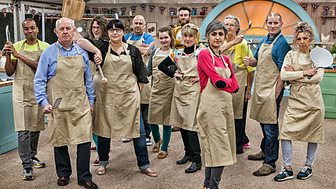
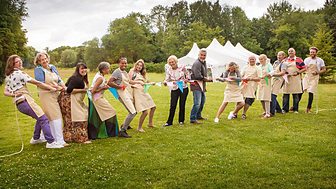














































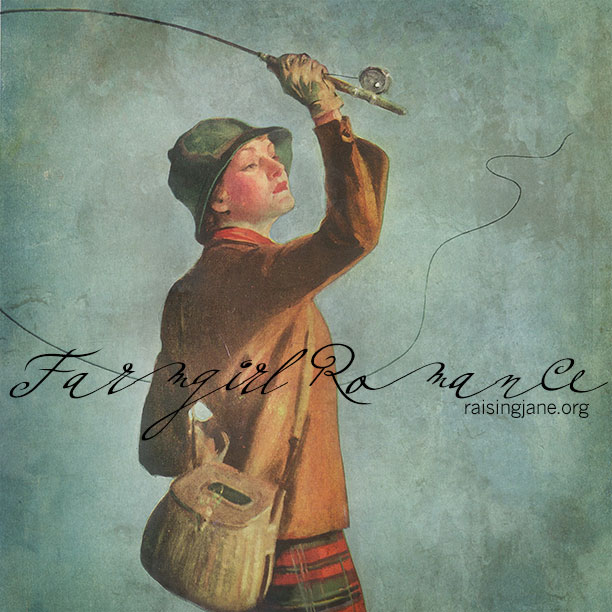







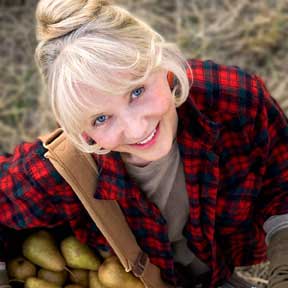
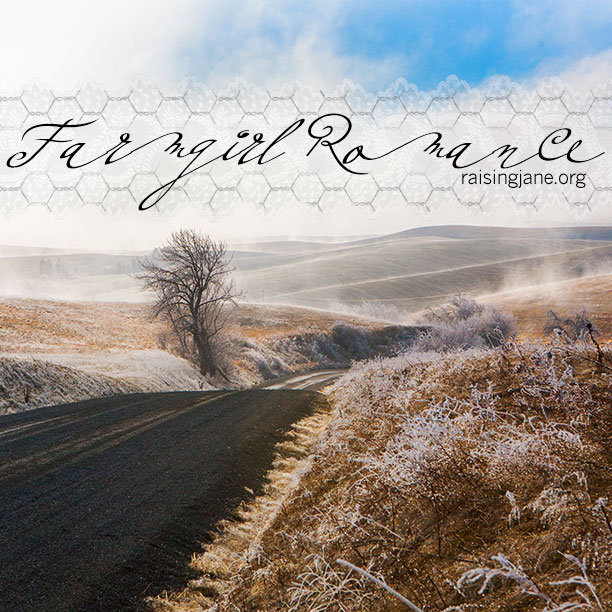

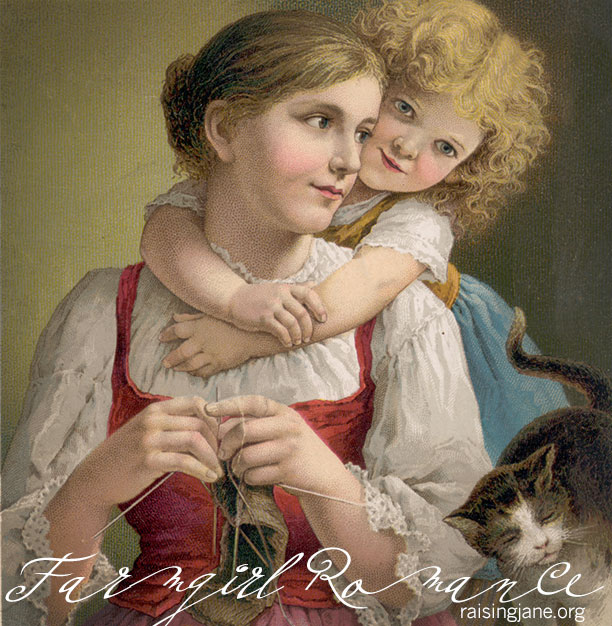

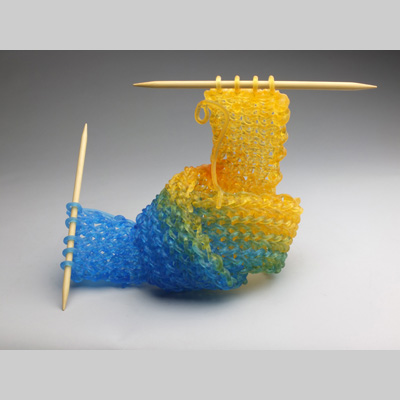






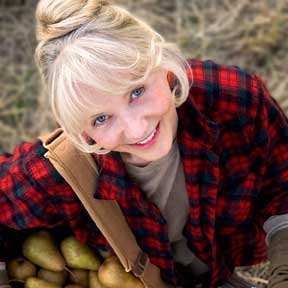
![1968-cmyk [Converted]](http://www.raisingjane.org/journal/wp-content/uploads/2014/10/morton-salt-girl-1968.jpg)
